
Section 54: How to Save Capital Gains Tax on Property Sales in 2025
Selling a property in India can trigger long-term capital gains (LTCG) tax if the asset is held for more than 24 months. However, under Section 54 of the Income Tax Act, individuals and Hindu Undivided Families (HUFs) can save or reduce their capital gains tax by reinvesting the sale proceeds in a residential property. This detailed guide explains the rules, timelines, calculations, and tips for saving capital gains tax in 2025.
1. What is Section 54?
Section 54 allows exemption from LTCG tax on the sale of a residential property when the gains are reinvested in purchasing or constructing another residential property in India.
Eligibility Criteria
- Capital gains must be long-term (property held for more than 24 months).
- Exemption is available only for residential properties.
- Reinvestment must be completed within prescribed timelines.
- Applicable for individuals and HUFs.
2. How Reinvestment Works
You can save capital gains tax by either:
- Purchasing a new residential property within 1 year before or 2 years after selling the old property.
- Constructing a new residential property within 3 years from the date of sale.
It is essential to ensure the new property is only in your name (or jointly, in some cases) and proper documentation is maintained.
3. Calculating Exemption Under Section 54
The exemption is limited to the capital gains or the cost of the new property, whichever is lower. Any unutilized capital gains must be deposited in the Capital Gains Account Scheme (CGAS) before filing your Income Tax Return (ITR).
Step-by-Step Calculation
- Compute Long-Term Capital Gains (LTCG):
LTCG = Sale Price of Old Property − Indexed Cost of Acquisition − Indexed Cost of Improvements - Determine purchase/construction cost of the new residential property.
- Exemption under Section 54 = Minimum of LTCG or cost of new property.
- Any remaining LTCG after exemption is taxable.
4. Example
Suppose you sell a house in 2025 for ₹80 lakh, and the indexed cost of acquisition is ₹50 lakh. LTCG = ₹30 lakh.
You purchase a new residential property for ₹28 lakh within 2 years. Exemption = ₹28 lakh. Taxable LTCG = ₹30 lakh − ₹28 lakh = ₹2 lakh.
5. Important Timelines
| Action | Timeline |
|---|---|
| Purchase new residential property | Within 1 year before or 2 years after sale |
| Construct new residential property | Within 3 years from sale |
| Deposit unutilized gains in CGAS | Before filing ITR |
6. Section 54F: Slightly Different Rules
If the original asset sold is other than a residential property (like land or commercial property), Section 54F applies. You can still claim exemption if you invest in a residential property, but only one property can be claimed per taxpayer.
7. Key Points to Remember
- If the new property is sold within 3 years, the exemption claimed earlier will be reversed.
- Keep all sale and purchase documents safely for ITR filing and possible scrutiny.
- Section 54 exemption is available only once for one residential property.
- CGAS is mandatory if the reinvestment is not made before ITR filing.
8. Practical Tips for 2025
- Plan the property purchase in advance to ensure compliance with Section 54 timelines.
- Consult a CA to correctly calculate indexed cost and exemptions.
- Keep all bank statements and sale/purchase agreements ready for documentation.
- Consider Section 54F if selling a commercial property and planning to invest in residential property.
Conclusion
Section 54 provides a significant opportunity to save capital gains tax when selling a residential property. By understanding eligibility, timelines, and reinvestment rules, taxpayers in 2025 can legally minimize their LTCG liability. Proper planning and documentation are key to making the most of this exemption.


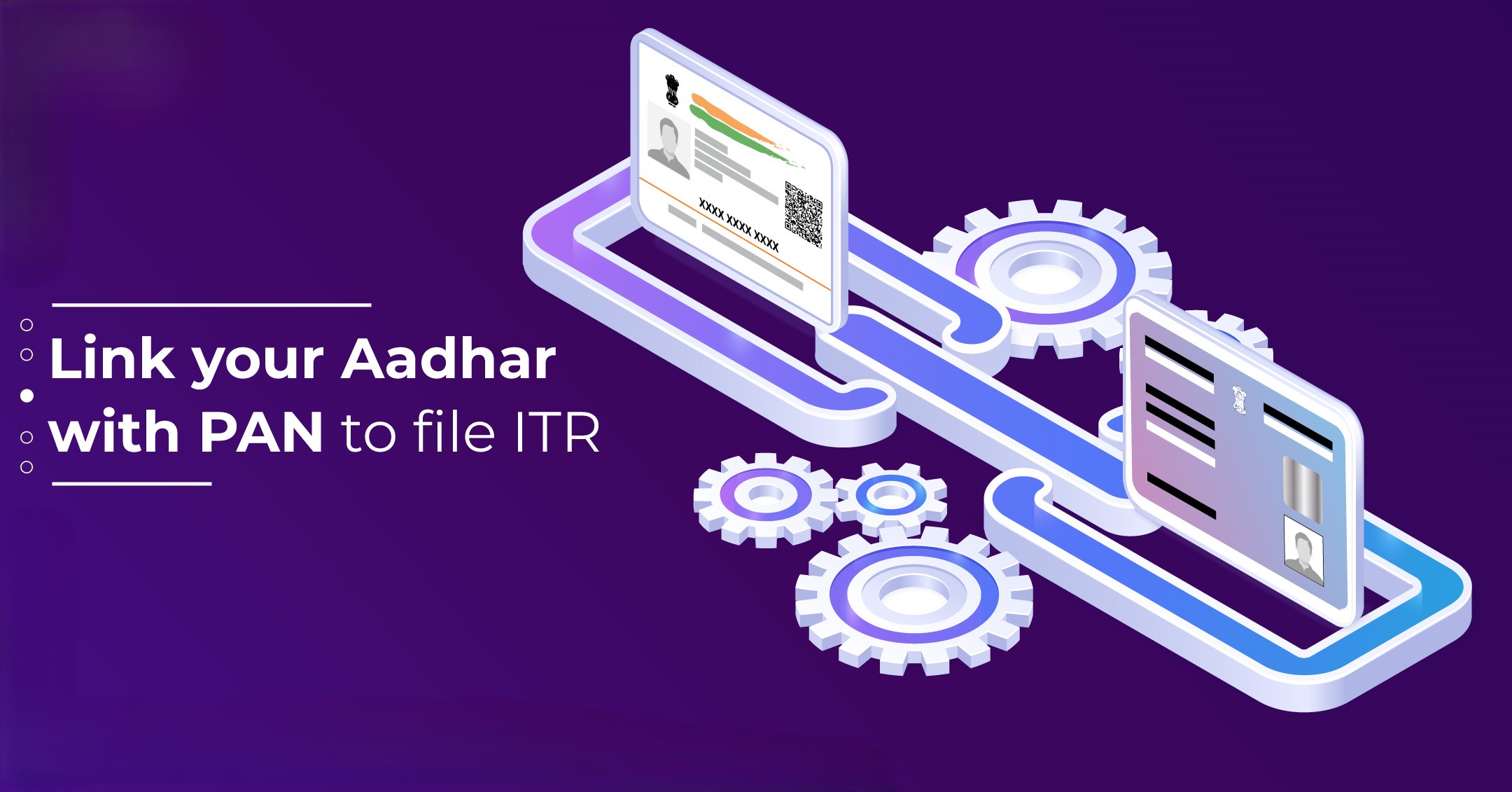
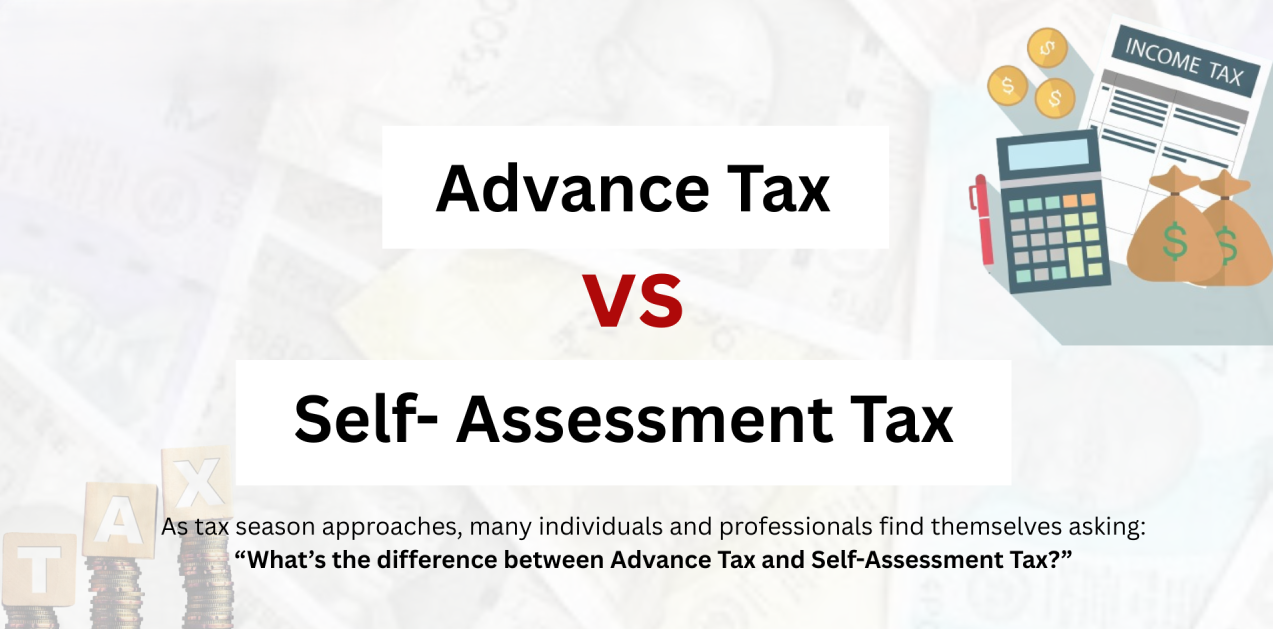
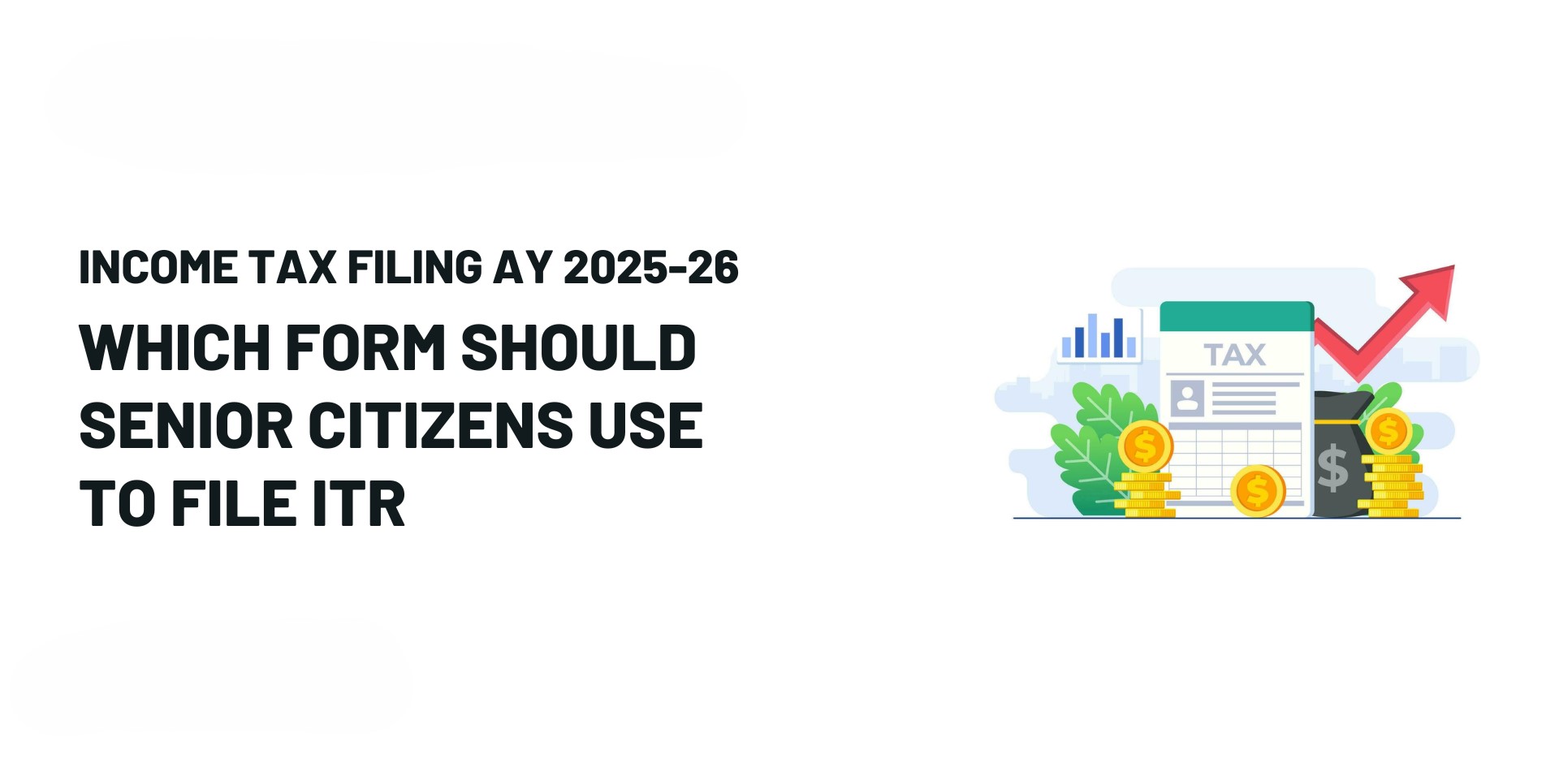
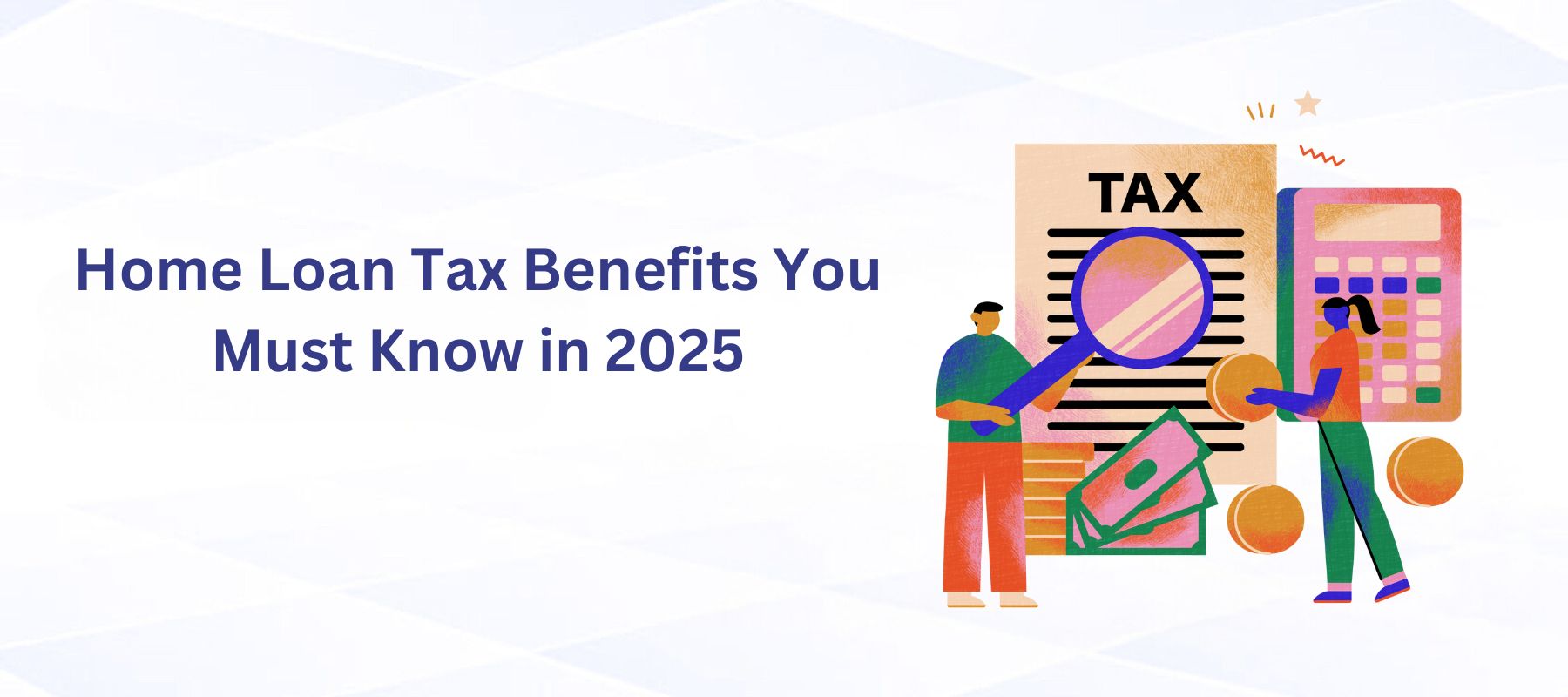

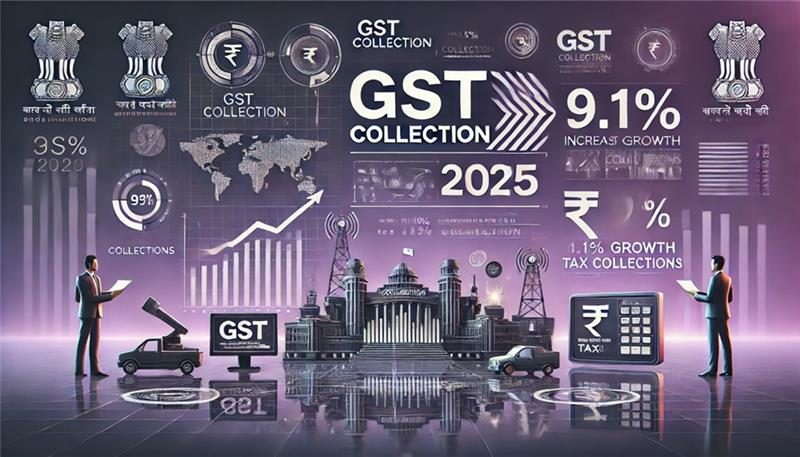
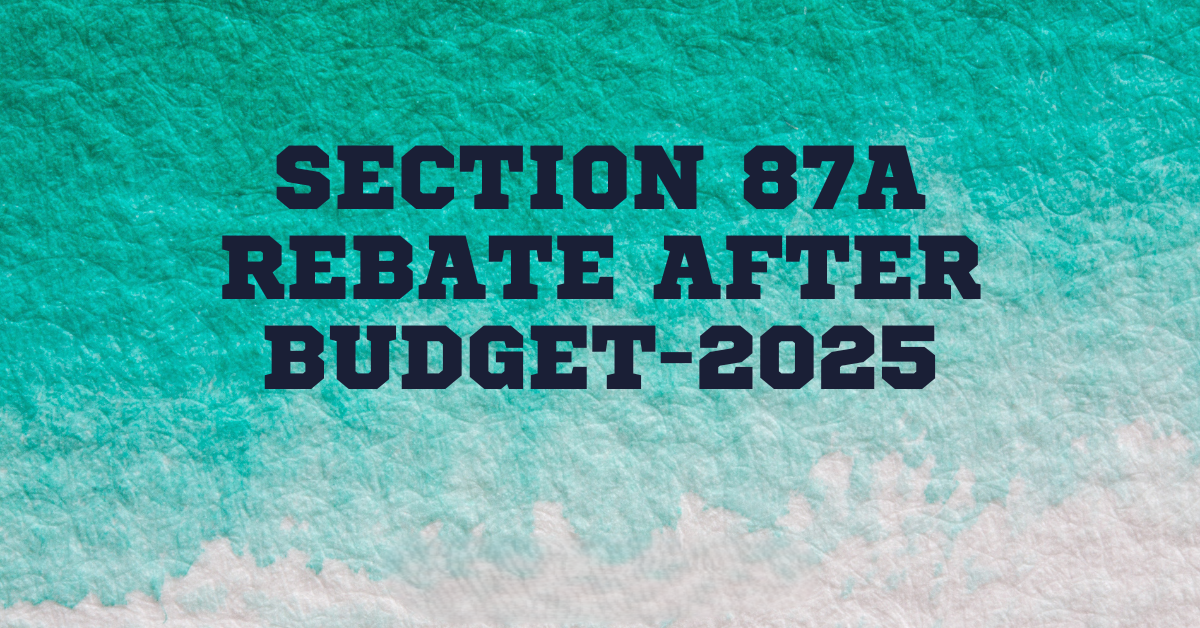


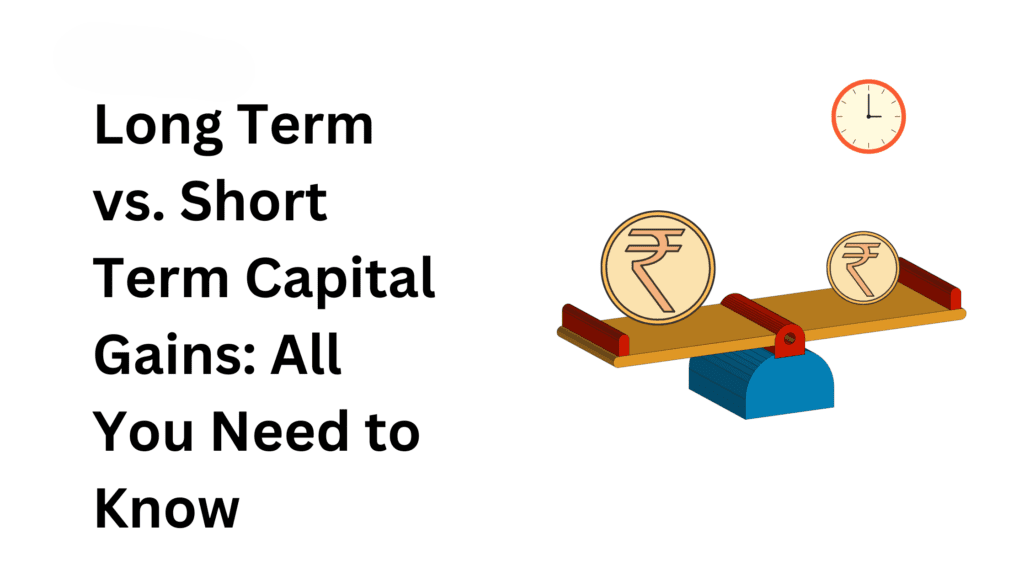



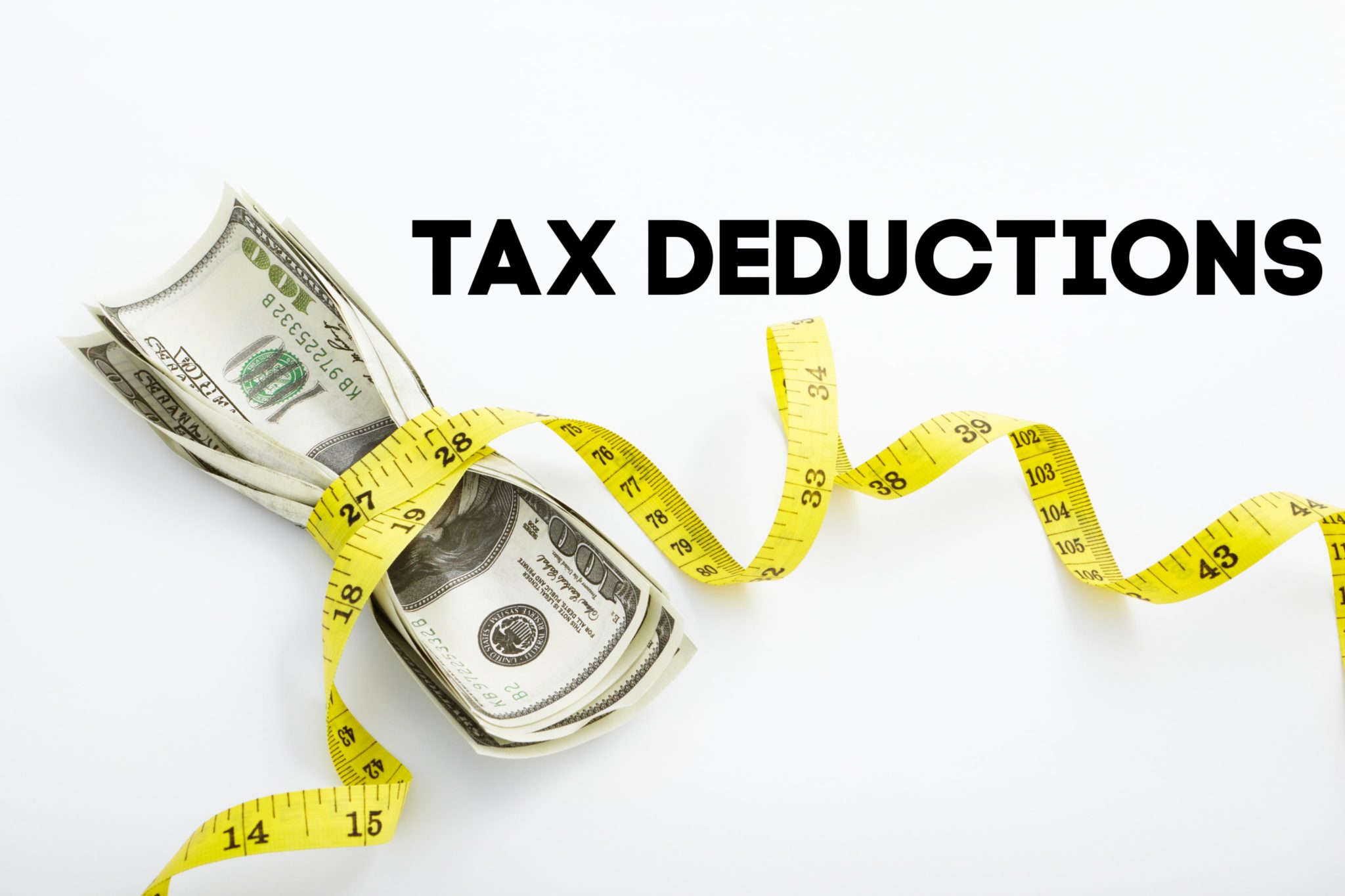
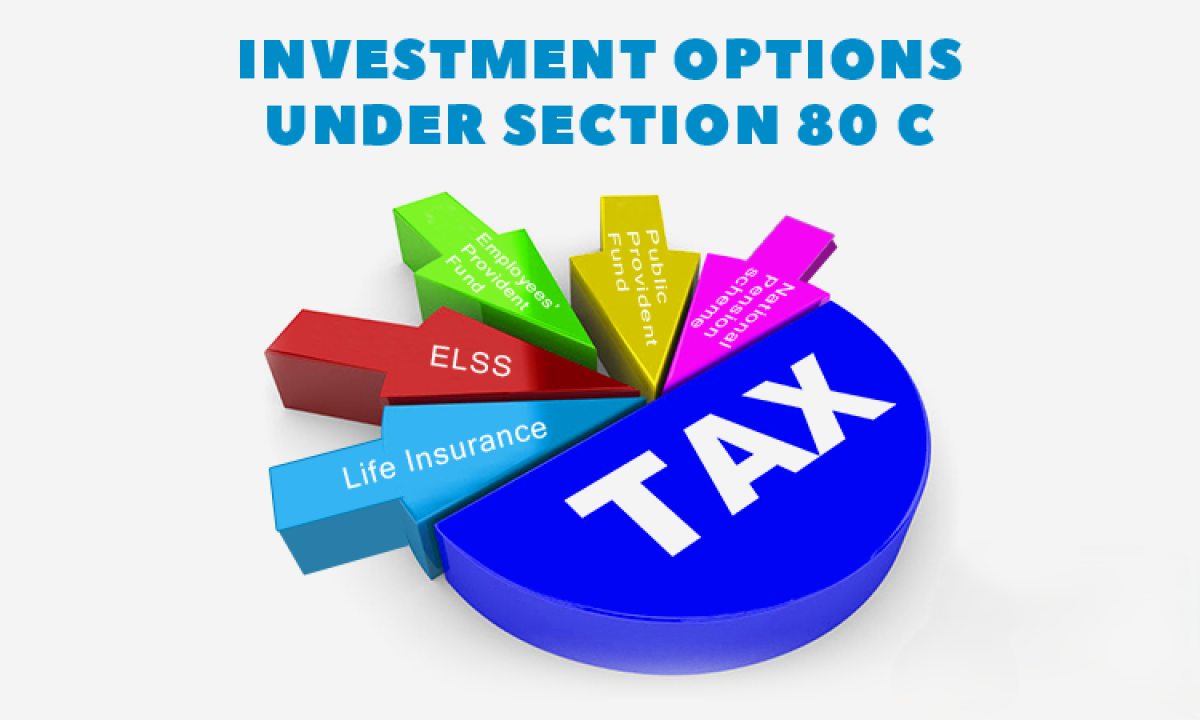
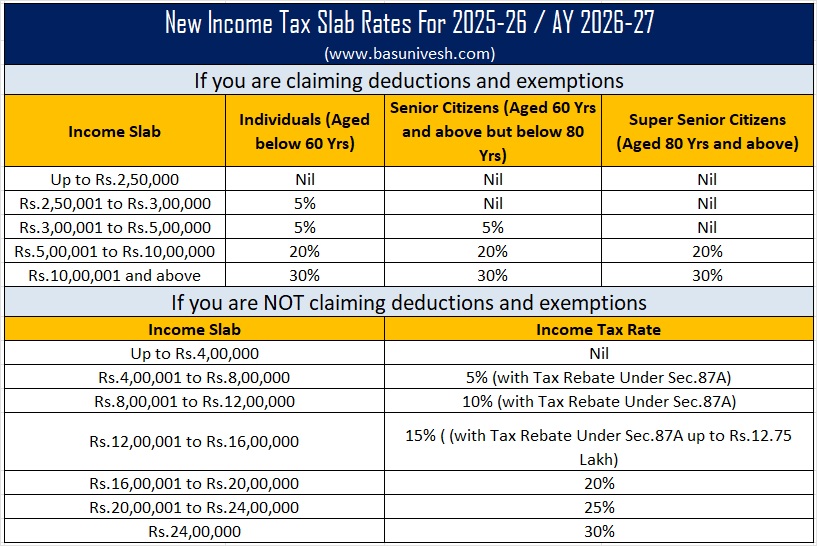
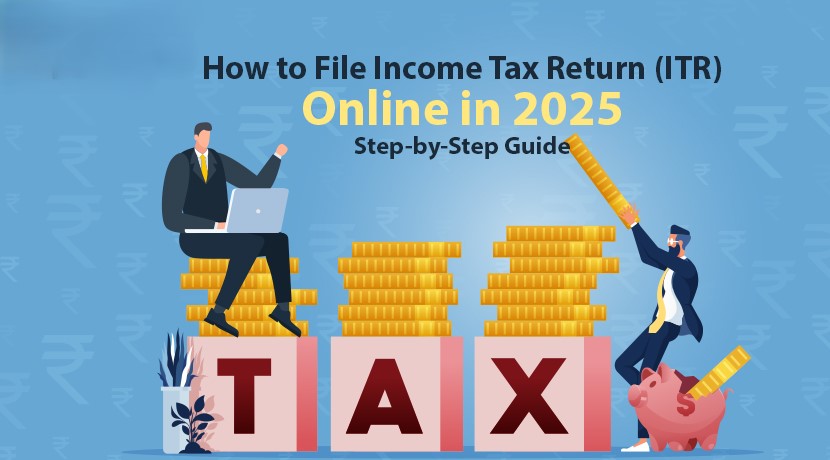


Comments
Add new comment